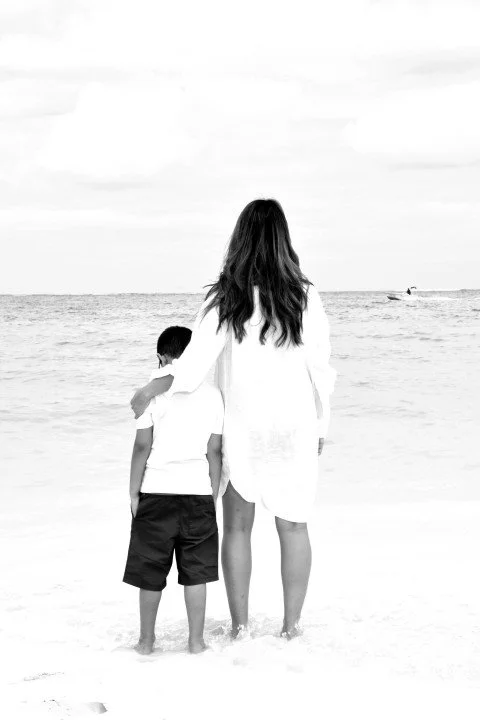For many of us, stress became a lifestyle. Beyond the glamourization of hustle culture, society normalized the body’s warning signals as the price you pay to be successful and we accepted it as a collective.
But then we hit our tipping point, and no you’re not imagining it. Something is different. People are more irritable. Your colleagues are less conversational – even more so if they were forced back into the office. You may have even noticed a change in your ability to concentrate, stay focused or complete a task. Believe me, you are not alone in this. According to a new poll by the Canadian Women’s Foundation, 48 per cent of moms are reaching their breaking point, and a staggering 67 per cent said they were concerned about their mental and physical health. I can raise my hand and say that I fell into this category the past few months, which necessitated a break.
These are the consequences of a society stretched too thin, and the behavioral changes we are witnessing are to be expected in the third year of the pandemic. Stress moved into exhaustion, and we’re feeling it as a collective. According to the World Health Organization, symptoms of exhaustion costs the global economy $1 trillion dollars each year. It’s time to change that.
Stress or Exhaustion?
First, what is exhaustion, and how is it different from the daily stress we’ve become so accustomed to? For starters, stress is generally directed at an event or a deadline. As a result, there’s a foreseeable end where life can return to our routines. However, with exhaustion, the symptoms are more subtle, progress gradually and have a cumulative impact on our well-being. Exhaustion is the product of months, or perhaps years of compounded stress.
According to health professionals, symptoms of exhaustion may include:
Depression
Difficult concentrating
Low motivation
Nervousness or general anxiety
Muscle weakness
Stiff shoulders
Whole-body tiredness
Insomnia
Alienation
Exhaustion also has a longer recovery time. When I went on my break with my son, I slept 30+ hours in the first three days. I didn’t even know I needed that. Psychologists suggest it may take up to five years to heal all exhaustion-related symptoms. The key to combating the triggers and environments that lead to burnout and exhaustion is prevention. It starts with identifying the causes and implementing better systems. Something I am working on personally, and really thinking about professionally.
Building Better Work Environments
For employers, creating a healthy work environment starts with acknowledging all the various ways the last three years have affected their team. It’s also understanding that we may have no idea what someone on our team has experienced during that time. Your colleagues have experienced loss in its varying forms - loss of loved ones, loss of time, certainty, opportunities, and in some cases perhaps a loss of identity. Ignoring that is not an option. Here’s are some suggestions for employers:
Get to know your employees again. Ask questions, but then (actually) listen. Ample studies show that employees are happier in workplaces where they feel included, supported and have a sense of belonging. Research also shows that 77 per cent of employees have suffered from ‘zoom fatigue’ since the beginning of the pandemic. Take the time to have conversations with individual team members and facilitate opportunities for co-workers to get to get to know one another again. We’ve gone through a lot.
Be flexible. After 2+ years of working remotely for most of us, being back in the office can be a big adjustment. While some employees may be excited to be back in a structured space, others are anxious. Be considerate.
Reduce workplace stress. There is so much to say about this, and the study I co-led on Happiness at Work in partnership with the Canadian Mental Health Association, showed that we needed to reduce workplace stress even before the pandemic. We needed to adjust workloads before the pandemic, and this still applies today. A few practices employers can implement include: making sure employees are taking regular breaks (and their full lunch breaks), encouraging taking time off, and not expecting responses to emails/messages after work hours.
The consequences of ignoring the exhaustion that is plaguing many right now is dire. Research shows that the effects are cumulative. It doesn’t matter if an employee's stressors are occurring outside of the workplace, they carry it with them regardless of its source and it shows up in how we are able show up each day. That means employees are carrying the stress of the past 2+ years into the office with them, especially if we haven’t had the opportunity to process what we’ve experienced. Compassionate and empathetic leadership is required, and the pandemic has shown us there are multiple ways of doing things. That’s a lesson I believe we can continue to apply as we continue to tackle exhaustion in the workplace.

